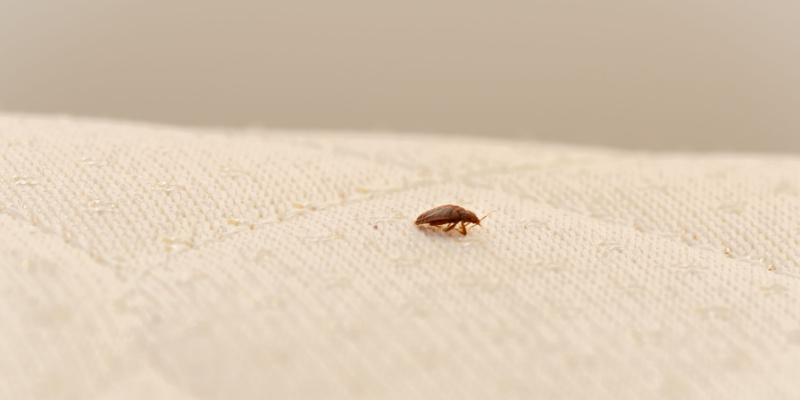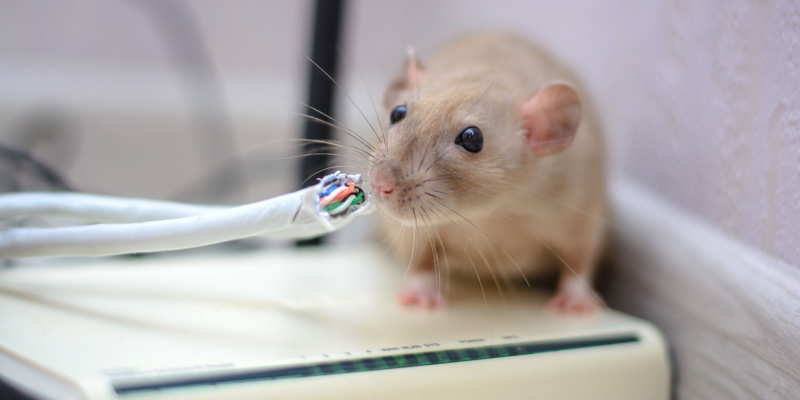The discovery of bed bugs in one’s home can be alarming, to say the least. These tiny, blood-sucking pests are notorious for their resilience and ability to spread rapidly. If you suspect or confirm a bed bug infestation, it’s essential to act swiftly. So, how exactly do you get rid of a bed bug problem? Let’s dive in.
1. Identification is Key:
Before implementing any treatment measures, it’s crucial to ensure you’re indeed dealing with bed bugs. These pests are small, reddish-brown, and oval-shaped. They hide in cracks and crevices, particularly in mattresses, box springs, and bed frames. Signs of an infestation include:
- Itchy, red bite marks, often in lines or clusters.
- Tiny rust-colored stains on bedding (from crushed bugs).
- Dark fecal spots on mattresses or nearby walls.
- Shed skins and tiny white eggs.
2. Start with Cleaning:
Begin your bed bug battle by decluttering and cleaning the affected areas:
- Wash and Heat: Bed bugs can’t withstand extreme temperatures. Wash all bedding, curtains, and clothes in hot water and dry them on the highest dryer setting. For items that can’t be washed, just using the dryer at a high temperature can be effective.
- Vacuum: Vacuum your bed, surrounding area, and any places where you’ve seen evidence of bed bugs. After vacuuming, immediately place the vacuum cleaner bag in a sealed plastic bag and dispose of it outside.
- Encase Mattresses: Using a bed bug-proof cover on your mattress and box springs can trap the bugs inside, where they can’t bite you and will eventually die.
3. Natural Solutions:
There are a few non-chemical approaches that can be effective against bed bugs:
- Diatomaceous Earth: This is a natural insect killer and can be spread around the areas where bed bugs travel. It works by dehydrating the bugs, though it may take a few days to be effective.
- Steam Cleaning: A high-temperature steam cleaner can penetrate mattresses, furniture, and other hiding spots, killing bed bugs at all life stages.
4. Pesticides:
If natural methods don’t do the trick, you might consider chemical treatments. Always choose a product specifically labeled for bed bugs and follow the instructions carefully:
- Insecticides: There are several types available, including pyrethrins, neonicotinoids, and pyrroles. It’s essential to use them correctly and safely, keeping them away from children and pets.
- Foggers or Bug Bombs: These can be effective but must be used with caution. They can cause bed bugs to scatter, spreading the infestation. Ensure you follow all safety guidelines and evacuate the home while the fogger is active.
5. Professional Help:
For severe infestations or if DIY methods fail, it’s time to call in the experts:
- Experienced Exterminators: A professional pest control company will assess the situation, offer a comprehensive treatment plan, and often provide follow-up inspections.
- Heat Treatments: Some professionals use specialized equipment to heat your home to a temperature that’s lethal to bed bugs but safe for your belongings.
6. Prevention is Better than Cure:
Once you’ve tackled the immediate problem, you’ll want to ensure these unwelcome guests don’t return:
- Travel Carefully: Bed bugs are skilled hitchhikers. When traveling, inspect hotel rooms, especially beds, for signs of bugs. Keep your luggage off the floor and consider using a luggage rack.
- Second-hand Caution: If you’re bringing second-hand furniture or clothing into your home, inspect them thoroughly for signs of bed bugs.
- Regular Checks: Periodically inspect your home, especially bedrooms, for signs of an infestation.
Dealing with a bed bug infestation can be challenging, but with diligence and the right strategies, it’s entirely possible to reclaim your home. Whether you opt for natural solutions, chemical treatments, or professional help, the key is to act quickly and thoroughly. With a proactive approach, you can ensure a peaceful, bed bug-free environment for you and your family.



